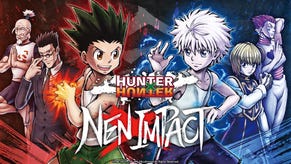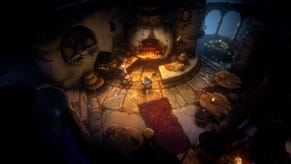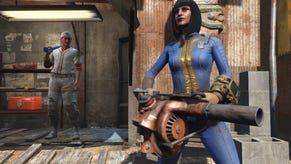Now it’s sold 10 million, can we finally get a Sekiro: Shadows Die Twice sequel?
4 years later, Sekiro hits a key sales milestone. But are we ever going to get a Shadows Die... Thrice?
Sekiro: Shadows Die Twice represents a period of experimentation for From Software. Eschewing some of the heavier mechanics of Dark Souls in favour of something altogether more fast-paced and aggressive, Sekiro is the product of a developer at home in its own skin – one that has learned all the rules purely so it can break them. Again.
As From Software celebrates a massive 10 million sales for its esteemed action-RPG, it’s worth looking back on Sekiro to see a game that excels at what it sets out to do. It’s a game that wantonly puts distance between From Software and the genre it pioneered, intentionally twisting the mechanics of the ‘Soulslike’ into something wholly new. Even today – with a new Armored Core game and Elden Ring continuing to iterate on the FromSoft formula – Sekiro acts as the single biggest departure from the developer’s modern oeuvre. And only for good reasons.
Though that indefatigable Souls DNA permeates almost every aspect of Sekiro being (menu UI, controls, camera, levelling systems), the realisation of it all is more evolved Sekiro's combat, for example, feels more akin to Bloodborne aggressive, parry-centric setup – it’s fast, nasty, and hard. Perfect for anyone that got a taste for aggression in Yharnam and never stopped thinking about it thereafter.
Dancing about in Sekiro – a razor sharp flurry of perfectly parries, dodges, and counter-attacks, all landed with some gorgeous animations and swordplay flourishes – really brings the ninja fantasy to life. In a story that’s actually told to you, explicitly (rather than metered out in item info tabs and vague environmental cues) and combat that relies on momentum more than patience, we’ve never really seen a FromSoft game since Sekiro that takes the learnings from the game forward.
Yes, Elden Ring is practically perfect in every way… but it’s not an evolution of Bloodborne or Sekiro. It’s not a game that defies the developer’s own conventions to do something new. It’s very much a ‘child of Dark Souls’, so to speak. A follow-up to Sekiro could draw out the themes of the game even further, seeing FromSoft really start to experiment with cinematic storytelling, with even more momentum-based combat, with a deeper foray into the darker side of the Buddhist mythos.
And, you know what, there were nine whole Tenchu games in the end. Yes, they may have suffered from that whole ‘diminishing returns’ trend, but still. Across five different platforms, we got to enjoy nine whole Tenchu games. The reason and bringing that up? Sekiro has deep roots in Tenchu; the game was inspired by the part-FromSoft developed series, after all. Sekiro began life as a sort-of reboot of Tenchu, too. So if the cult ninja game can make it to nine whole titles, well, Sekiro can get at least another one, right?
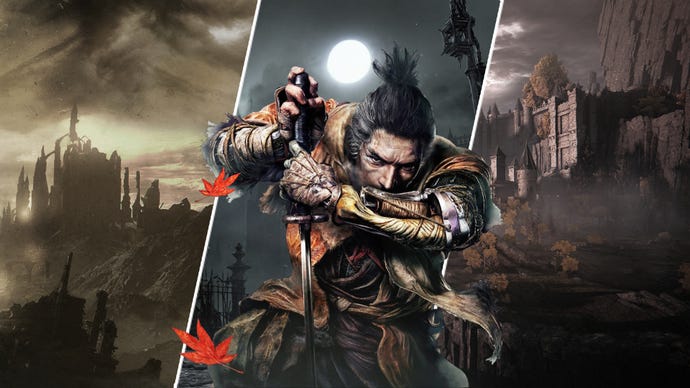


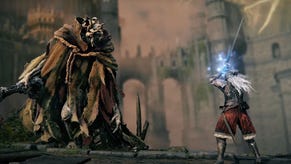
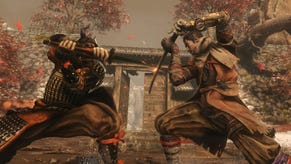
.png?width=291&height=164&fit=crop&quality=80&format=jpg&auto=webp)


